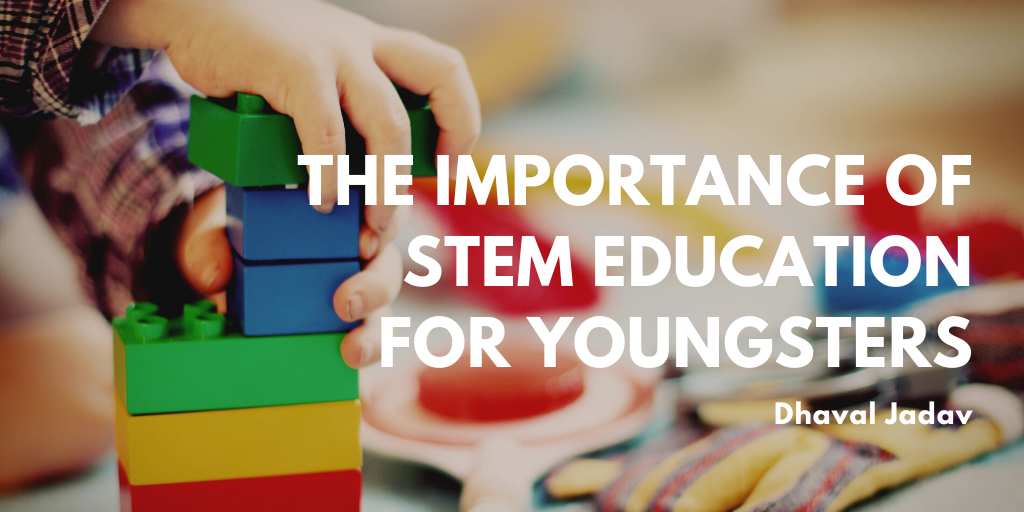STEM education has been rising in popularity recently. From toys promoting STEM play to STEM majors in universities, it is becoming apparent that STEM is an important step forward for the next generation. STEM degrees are worth more, with a degree-holder making more money on average even in non-STEM related fields.
STEM is an acronym meaning science, technology, engineering, and mathematics. Together, these fields form the basis of future careers. Of course, science and mathematics have always been structural building blocks of a well-rounded education. However, with the advent of modern-day technology, 21st-century skills are now being included in education. More classrooms are integrating tablets and small laptops into their curriculum. Classwork and assignments are being completed using applications, even inclement weather days are being treated as school days with the current curriculum being readily available through a simple web-browser or application. Engineering is another fundamental building block, designing roads and solving issues like global warming.
Hands-on learning is the focus of STEM education. By incorporating innovation and creativity through the learning process, children are being given life skills for the future. These important life skills include curiosity, problem-solving, critical thinking, and acceptance of failure with the drive to get back up and try to improve. These skills will serve children in future career placement as technology reaches ever higher peaks and new, unique challenges come to the forefront of everyday life.
STEM education also helps to close the gender and ethnic chasms in math and science-related fields. Until recently, gender and racial diversity in mathematics and science were incredibly low. With STEM education, women and minorities are finding their footing in STEM workplaces. Gender roles, once a universal assignment, are slowly but steadily being replaced by commonality.
Hands-on, technology-based learning is vital in the societal race forward. There is nothing more important than preparing children for their own success. As technology and engineering grow by leaps and bounds, and the foundational building blocks of science and mathematics continue forward, it is ever more imperative to include STEM education both inside the classroom and without. This shapes the leaders and innovators of the future, supporting creativity in solving large-scale problems. STEM, by far, is the most valuable tool that can be given to children to continue to succeed, foster a sense of community, and truly excel in the future.


Recent Comments